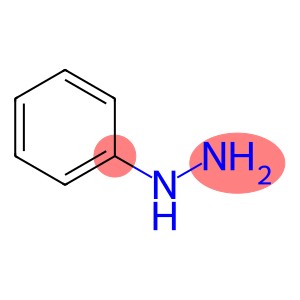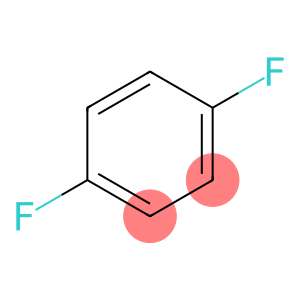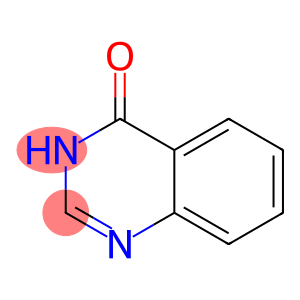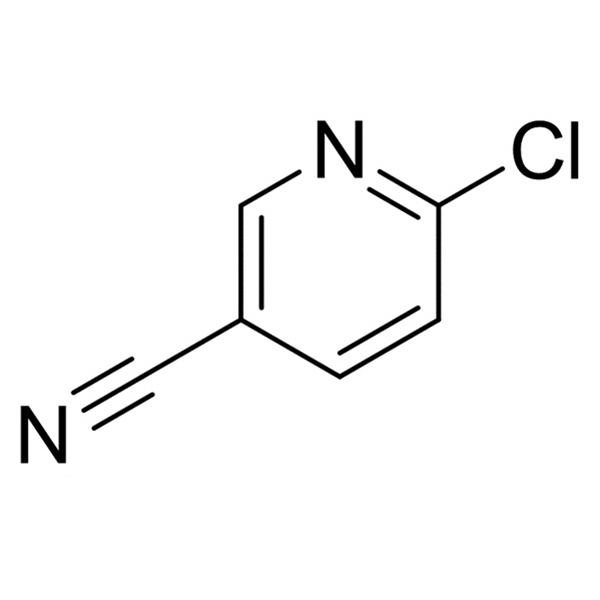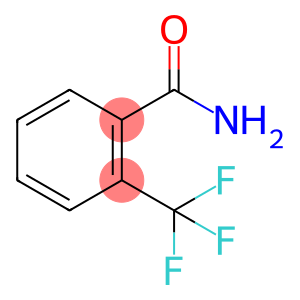phenyl hydrazine(CAS#100-63-0)
| Risk Codes | R45 – May cause cancer R23/24/25 – Toxic by inhalation, in contact with skin and if swallowed. R36/38 – Irritating to eyes and skin. R43 – May cause sensitization by skin contact R48/23/24/25 - R50 – Very Toxic to aquatic organisms R68 – Possible risk of irreversible effects |
| Safety Description | S53 – Avoid exposure – obtain special instructions before use. S45 – In case of accident or if you feel unwell, seek medical advice immediately (show the label whenever possible.) S61 – Avoid release to the environment. Refer to special instructions / safety data sheets. |
| UN IDs | UN 2572 6.1/PG 2 |
| WGK Germany | 3 |
| RTECS | MV8925000 |
| FLUKA BRAND F CODES | 8-10-23 |
| TSCA | Yes |
| HS Code | 2928 00 90 |
| Hazard Class | 6.1 |
| Packing Group | II |
| Toxicity | LD50 orally in Rabbit: 188 mg/kg |
Introduction
Phenylhydrazine has a peculiar odor. It is a strong reducing agent and chelating agent that can form stable complexes with many metal ions. In chemical reactions, phenylhydrazine can condense with aldehydes, ketones and other compounds to form corresponding amine compounds.
Phenylhydrazine is widely used in the synthesis of dyes, fluorescent agents, and is also used as a reducing agent or chelating agent in organic synthesis. In addition, it can also be used in the preparation of preservatives, etc.
The preparation method of phenylhydrazine is generally obtained by reacting aniline with hydrogen at an appropriate temperature and hydrogen pressure.
While phenylhydrazine is generally relatively safe, its dust or solution can be irritating to the respiratory system, skin, and eyes. During operation, care should be taken to avoid contact with the skin, avoid inhaling dust or solutions, and ensure that the operation is in a well-ventilated environment. At the same time, phenylhydrazine should be kept away from open flames and oxidants to prevent fire or explosion. When handling phenylhydrazine, follow proper chemical lab protocols and wear appropriate protective gear to ensure safety.


